Medical Applications for Embedded Vision
Embedded vision has the potential to become the primary treatment tool in hospitals and clinics
Embedded vision and video analysis have the potential to become the primary treatment tool in hospitals and clinics, and can increase the efficiency and accuracy of radiologists and clinicians. The high quality and definition of the output from scanners and x-ray machines makes them ideal for automatic analysis, be it for tumor and anomaly detection, or for monitoring changes over a period of time in dental offices or for cancer screening. Other applications include motion analysis systems, which are being used for gait analysis for injury rehabilitation and physical therapy.
Video analytics can also be used in hospitals to monitor the medical staff, ensuring that all rules and procedures are properly followed. For example, video analytics can ensure that doctors “scrub in” properly before surgery, and that patients are visited at the proper intervals.
What are the primary vision products used in medical systems?
Medical imaging devices including CT, MRI, mammography and X-ray machines, embedded with computer vision technology and connected to medical images taken earlier in a patient’s life, will provide doctors with very powerful tools to help detect rapidly advancing diseases in a fraction of the time currently required. Computer-aided detection or computer-aided diagnosis (CAD) software is currently also being used in early-stage deployments to assist doctors in the analysis of medical images by helping to highlight potential problem areas.
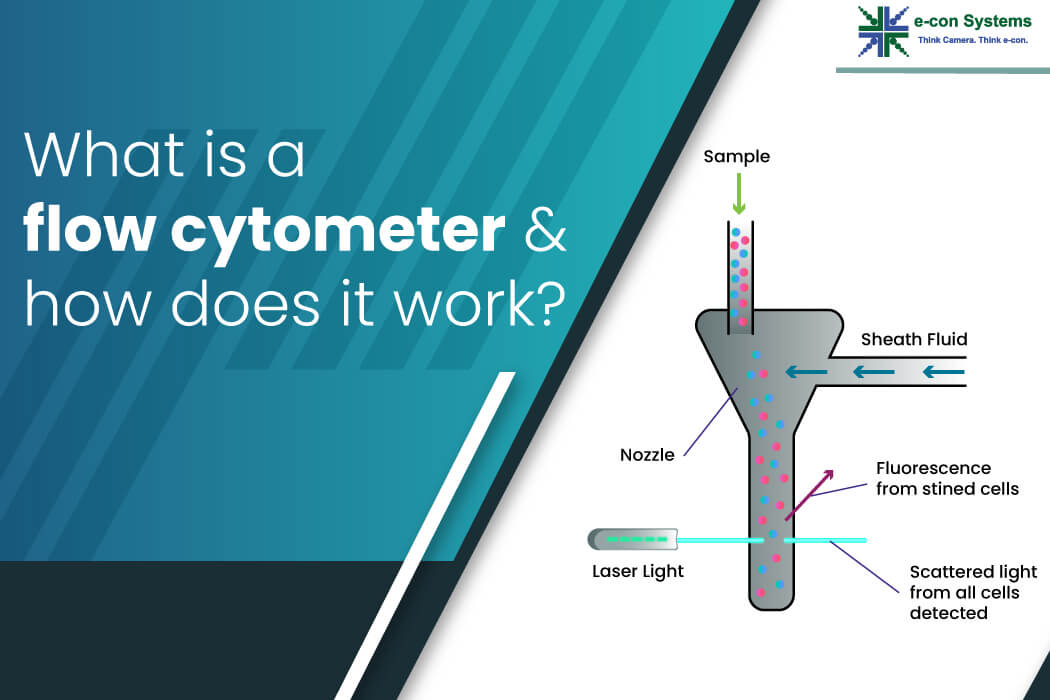
What is a Flow Cytometer and How Does It Work?
This blog post was originally published at e-con Systems’ website. It is reprinted here with the permission of e-con Systems. Embedded vision technology plays an important role in flow cytometers. They enable the acquisition, analysis, and interpretation of large amounts of cellular data in real time. Find out what flow cytometers can do, how they
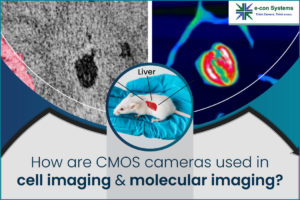
How are CMOS Cameras Used In Cell Imaging and Molecular Imaging?
This blog post was originally published at e-con Systems’ website. It is reprinted here with the permission of e-con Systems. CMOS cameras have revolutionized the fields of cell imaging and molecular imaging, providing accurate and detailed information about cellular and molecular processes. e-con Systems offers high-performance CMOS cameras designed for cell imaging and molecular imaging,
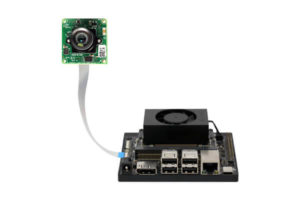
Get 60 fps Performance at 12 Mpixel Resolution with e-con’s Ultra-low Light Camera
July 20, 2023 – e-con Systems’ 12MP MIPI CSI-2 camera module, which is capable of streaming 60fps at 12MP and 4K resolutions, is specifically designed to meet the high demands of various applications in the field of in-vitro diagnostics (IVD), automated microscopy, and fundus imaging. This camera module is based on the Sony® Starvis™ IMX412
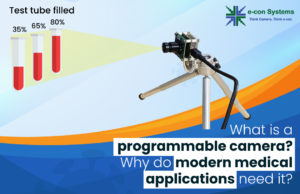
What is a Programmable Camera, and Why Do Modern Medical Applications Need It?
This blog post was originally published at e-con Systems’ website. It is reprinted here with the permission of e-con Systems. The role of programmable cameras in the modern medical industry has been unprecedented. Thanks to the latest embedded vision advancements, they can now deliver real-time imaging and analysis capabilities. In turn, this greatly improves patient
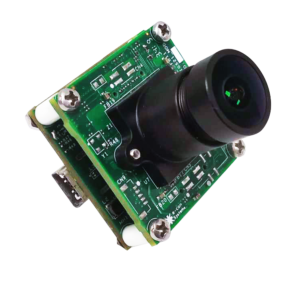
Edge AI Smart USB Camera for Medical In-vitro Diagnostics
May 16, 2023 – e-con Systems is excited to launch EdgeECAM50_USB, a 5MP edge AI smart camera designed for pre-analytic tasks in in-vitro diagnostics. With a powerful dual-core processor, the camera runs AI and machine learning algorithms directly on-board, enabling quick and accurate data processing without extra hardware. To help you get started with the

SWIR Imaging: A Race for a US$2B Dollar Reward
This market research report was originally published at the Yole Group’s website. It is reprinted here with the permission of the Yole Group. A SWIR imaging disruption could happen in the coming years, but the ecosystem waits for more game changing players. OUTLINE The SWIR market is expected to be US$2.9 billion in 2028. The
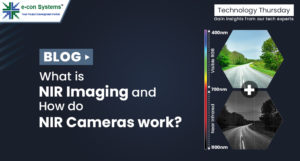
What is Near-infrared Imaging and How Do NIR Cameras Work?
This blog post was originally published at e-con Systems’ website. It is reprinted here with the permission of e-con Systems. NIR imaging has a unique sensitivity profile to project distant objects with a clear vision and are particularly useful in night vision applications. Go backstage on NIR imaging and understand the role of NIR cameras
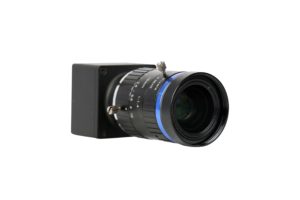
e-con Systems Launches a 5MP Sony Pregius Global Shutter Camera with Superior Imaging Quality
Sony Pregius IMX264 Global shutter Monochrome NIR Superior SNR USB 3 High Sensitivity Large pixel size Large sensor California & Chennai (March 29, 2023) – e-con Systems, which designs, develops and manufactures OEM cameras, has recently launched an All-In-One Camera, See3CAM_50CUGM, based on the Sony Pregius IMX264 sensor. See3CAM_50CUGM offers superior sensitivity and quantum efficiency
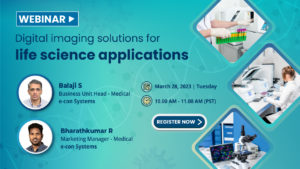
Upcoming Webinar Explores Digital Imaging Solutions for Life Science Applications
On March 28, 2023 at 10:00 am PT (1:00 pm ET), Alliance Member company e-con Systems will deliver the free webinar “Digital Imaging Solutions for Life Science Applications.” From the event page: Interested in gaining valuable insights on how to choose the right imaging solution for your Medical / Life science application? Join us for
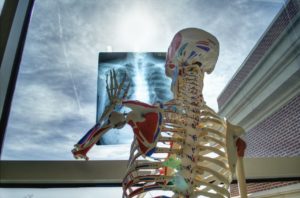
X-ray Imaging: Computed Tomography is the Name of the Game
This market research report was originally published at Yole Développement’s website. It is reprinted here with the permission of Yole Développement. Driven by economic growth in China and India, the X-ray detector market will be restructured around computed tomography. OUTLINE The X-ray detector market is expected to reach US$2.5 billion in 2027. China is currently

